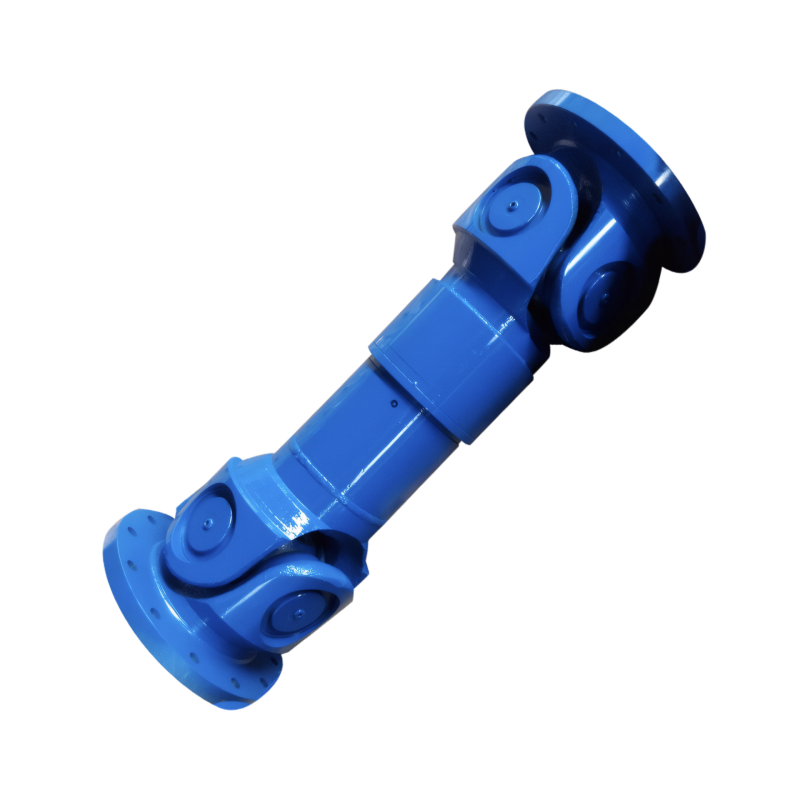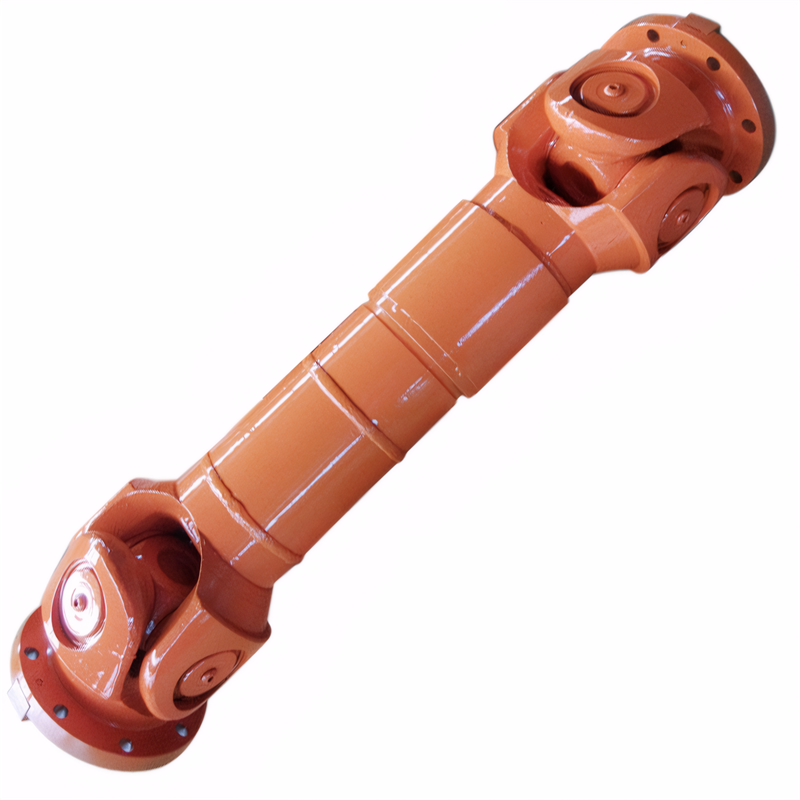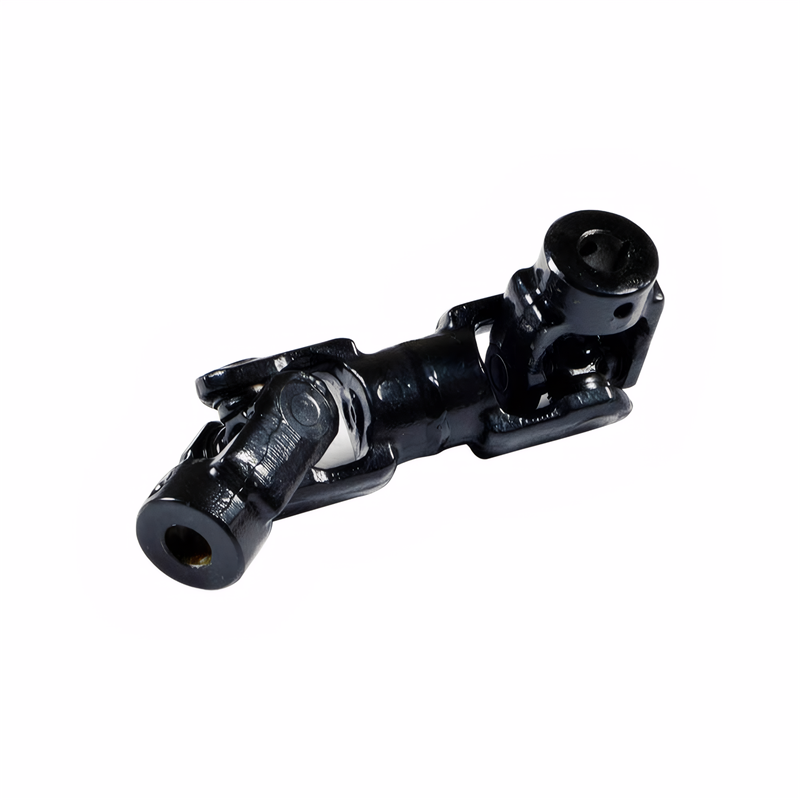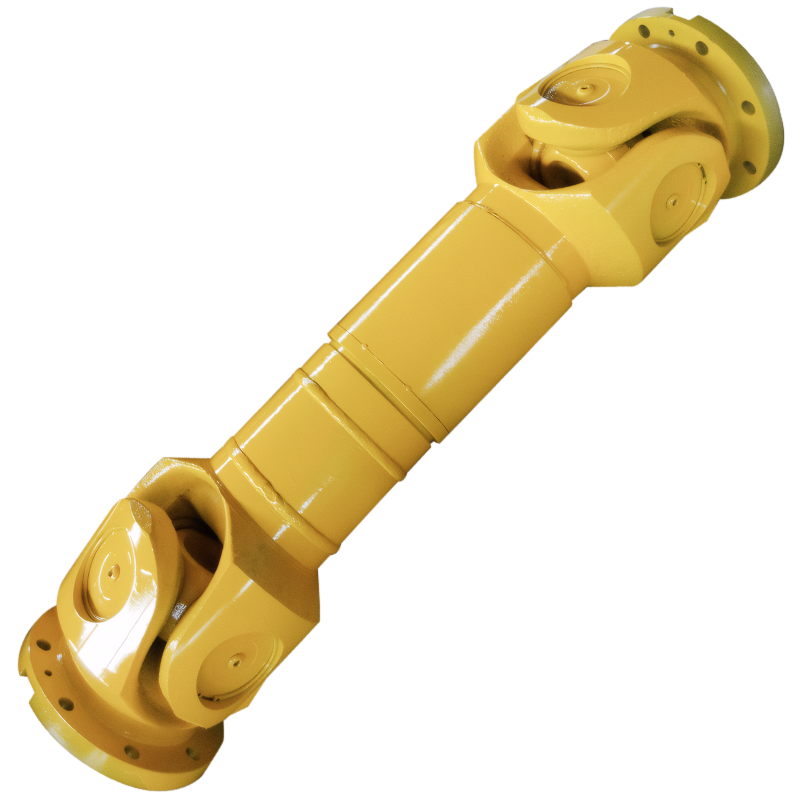Comparison between hollow drive shafts and solid drive shafts
Comparative Analysis of Hollow and Solid Transmission Shafts in Automotive Engineering
Transmission shafts serve as critical components in automotive powertrains, transferring torque from the transmission to driven wheels while accommodating dynamic operating conditions. The structural design of these shafts significantly impacts vehicle performance, fuel efficiency, and durability. Two primary configurations—hollow and solid transmission shafts—demonstrate distinct engineering characteristics tailored to specific application requirements.
Stress Distribution and Material Optimization
Hollow Shaft Design Rationale
Hollow transmission shafts leverage material distribution principles to maximize torsional strength while minimizing weight. When subjected to torque, stress intensity increases linearly with radial distance from the axis center, reaching maximum values at the outer surface. The central region experiences negligible stress, making material removal in this area functionally neutral.
Engineering calculations reveal that for shafts with identical outer diameters:
- Hollow shafts with 10mm wall thickness exhibit 98% of the torsional strength of solid counterparts
- Weight reduction reaches 30-45% for equivalent outer dimensions
- Material utilization efficiency improves by 25-30% through optimized cross-sectional geometry
This design enables the use of larger outer diameters without weight penalties, enhancing torsional rigidity through increased polar moment of inertia. Advanced manufacturing techniques, including precision rolling and laser welding, ensure uniform wall thickness (<0.1mm tolerance) critical for high-speed operation.
Solid Shaft Performance Characteristics
Solid transmission shafts maintain structural simplicity, making them ideal for applications requiring:
- High bending resistance under combined loads
- Precision machining of splined interfaces
- Thermal stability during extreme duty cycles
In heavy-duty trucks, solid shafts with 80-100mm diameters demonstrate:
- 15-20% higher bending stiffness than hollow alternatives
- Superior resistance to impact loads from road irregularities
- Simplified maintenance through robust construction
The absence of internal voids eliminates stress concentration risks associated with manufacturing imperfections in hollow designs, making solid shafts preferable for military and off-road vehicles operating in harsh environments.
Dynamic Performance and Operational Efficiency
High-Speed Application Advantages
Hollow shafts dominate automotive applications requiring rotational speeds exceeding 5,000 RPM due to:
- 40-60% reduction in rotational inertia compared to solid designs
- Enhanced critical speed thresholds (up to 12,000 RPM for optimized hollow shafts)
- Reduced vibration amplitudes through improved mass distribution
Electric vehicle drivetrains particularly benefit from hollow shafts' ability to:
- Minimize motor whine transmission through vibration isolation
- Accommodate cooling channels for thermal management
- Integrate sensor wiring for real-time condition monitoring
Laboratory tests show hollow shafts reduce NVH (Noise, Vibration, Harshness) levels by 8-12 dB(A) at equivalent torque loads, significantly improving passenger comfort.
Heavy-Duty Load Capacity
Solid shafts maintain superiority in applications demanding:
- Continuous torque transmission exceeding 5,000 N·m
- Resistance to combined bending and torsional loads
- Operation in corrosive environments requiring solid material integrity
Construction equipment employs solid shafts with:
- 1,200 MPa yield strength alloy steels
- Induction-hardened spline teeth (55-60 HRC)
- Precision-ground surfaces (<0.02mm roughness)
These designs achieve 300,000 km service lives under 80% maximum load conditions, with failure modes primarily limited to spline wear (0.05mm/year progression).
Manufacturing and Cost Considerations
Production Process Complexity
Hollow shaft manufacturing involves specialized techniques:
- High-precision tube rolling (±0.05mm diameter tolerance)
- Laser welding of seamless joints
- Hydroforming for complex geometries
- End-face machining for spline integration
Advanced processes like rotary swaging enable:
- Wall thickness control to ±0.03mm
- Surface hardening to 45-50 HRC
- Production cycle times reduced by 40% compared to traditional methods
Solid shaft production benefits from:
- Simplified forging processes (80% material utilization)
- Lower equipment investment costs
- Established heat treatment protocols (carburizing, nitriding)
However, material waste reaches 25-30% during solid shaft machining, driving up raw material costs.
Lifecycle Cost Analysis
Hollow shafts demonstrate economic advantages through:
- 15-20% lower material costs per unit length
- Reduced fuel consumption (0.5-1.2% improvement per 100kg weight reduction)
- Extended service intervals (10-15% longer than solid designs)
Solid shafts justify their higher initial costs through:
- 30-40% lower replacement rates in heavy-duty applications
- Simplified inventory management (fewer component variations)
- Reduced susceptibility to manufacturing defects
Industry data indicates hollow shafts achieve break-even points after 80,000-120,000 km in passenger vehicles, while solid designs remain cost-effective below this threshold.
Application-Specific Design Selection
Passenger Vehicle Optimization
Modern compact cars increasingly adopt hollow shafts due to:
- Packaging efficiency in transverse engine layouts
- Compatibility with front-wheel-drive architectures
- Weight reduction targets (50-100kg total vehicle savings)
Hybrid systems integrate hollow shafts for:
- Isolation of electric motor vibrations
- Routing of high-voltage cables through central voids
- Thermal management via integrated cooling channels
Commercial Vehicle Requirements
Heavy trucks maintain solid shaft dominance through:
- Single-piece construction up to 3 meters in length
- Resistance to torsional fatigue under constant high loads
- Simplified maintenance in fleet operations
Specialized vehicles like fire trucks employ hybrid designs combining:
- Hollow central sections for weight reduction
- Solid end fittings for torque transmission
- Composite materials for corrosion resistance
The choice between hollow and solid transmission shafts depends on specific vehicle requirements, with hollow designs favoring high-speed, fuel-efficient applications and solid configurations excelling in heavy-duty, high-torque scenarios. Modern engineering increasingly employs hybrid solutions that leverage the strengths of both designs to optimize performance across diverse operating conditions.
 Check for deviation of the dri
Check for deviation of the dri
 Special requirements for winte
Special requirements for winte
 The replacement method of the
The replacement method of the


